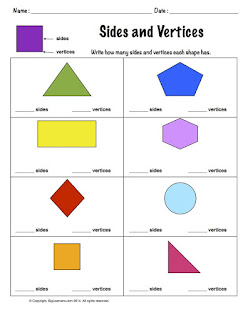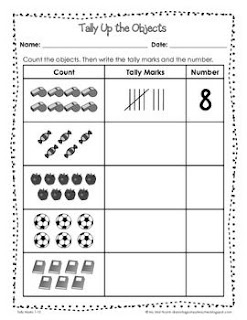Math, Memorization and Music
Math, Memorization and Music I've always liked music and when I was very young, "Sesame Street" introduced counting to me in many ways using puppets, cartoons, adults and children but I especially remember how a song that set "1, 2, 3, 4 , 5" to music inspired me. I had already learned how to count because my mother and father taught me how to but this song was melodic and resonated with me. I found myself singing and humming it often as a young child. I even counted objects to the tune of the melody. This was my introduction to math memorization and music. The following clip is that very same segment from "Sesame Street" that mesmerized me when I was a little girl. https://youtu.be/3l2zPVHI8AU My first memory of liking math is when I first heard the five times tables on a children commercial called "School House Rock". This commercial did the five times tables by music. I was able to catch t...






